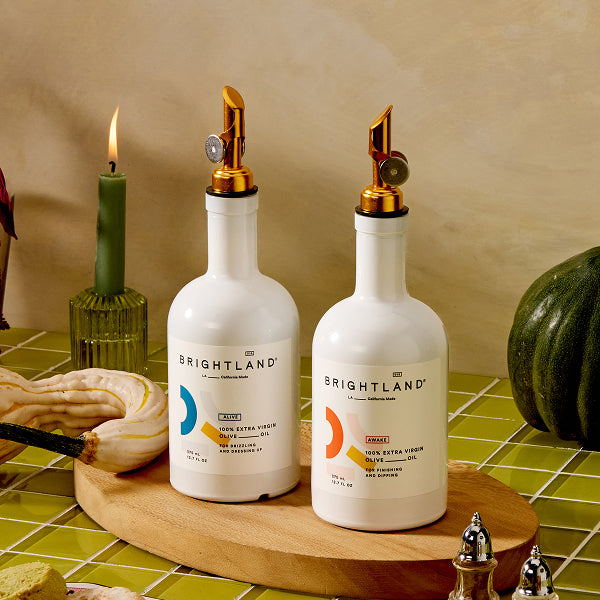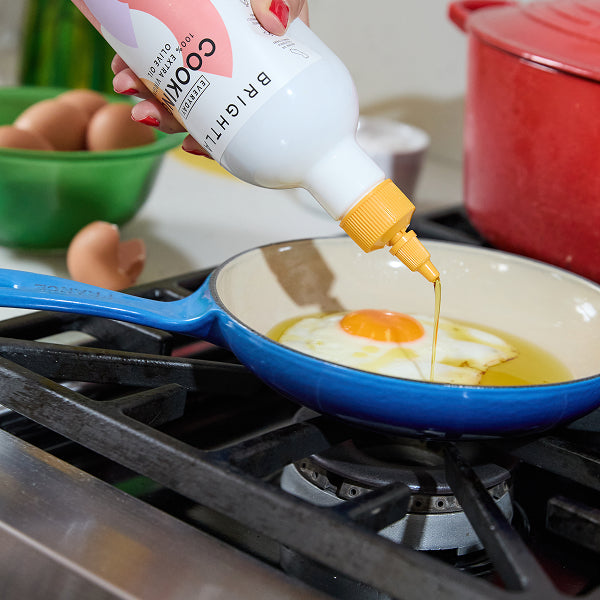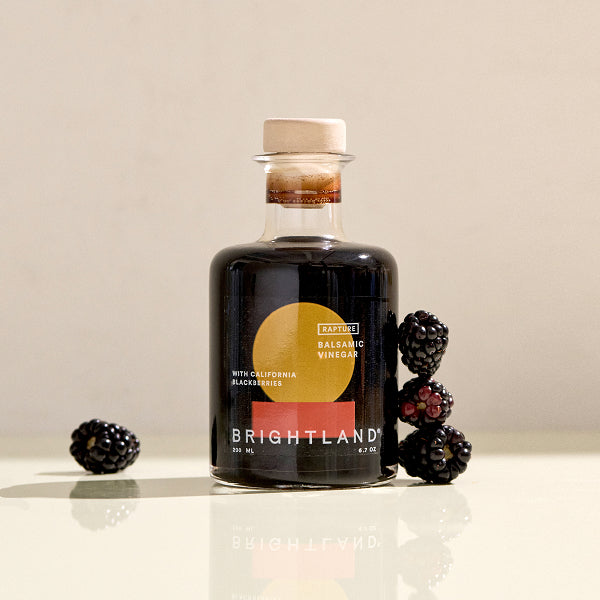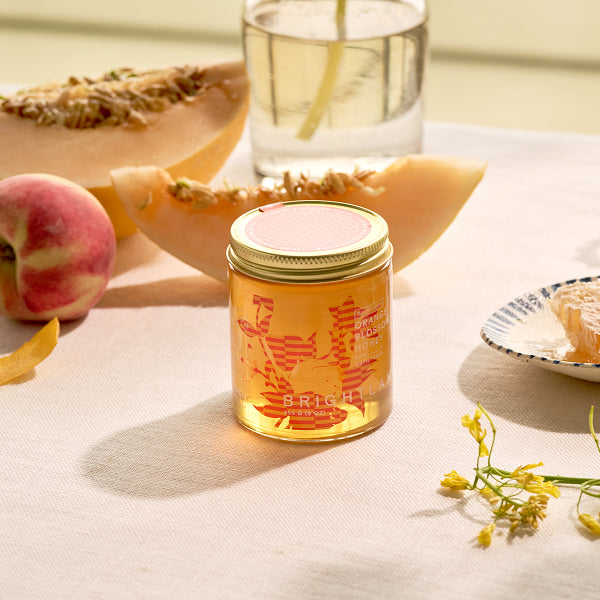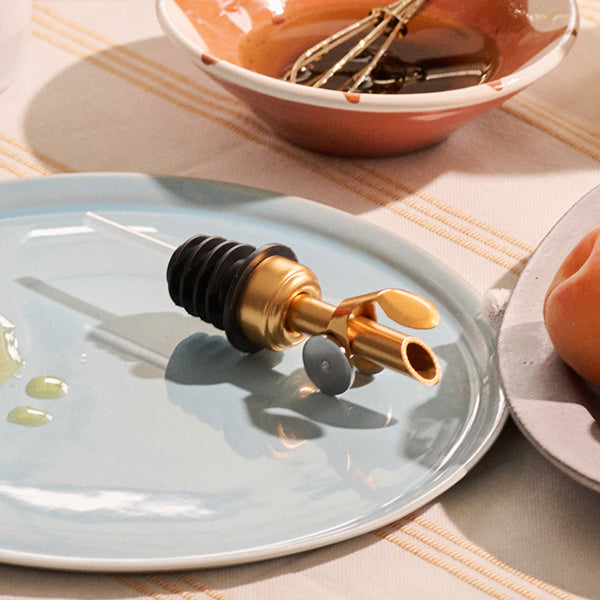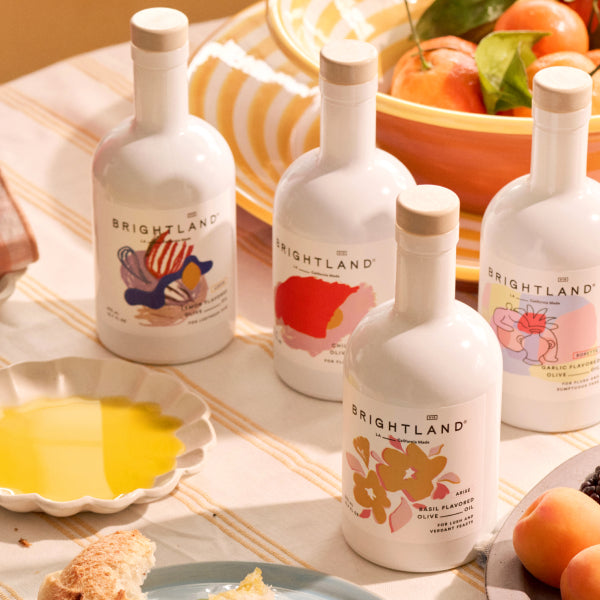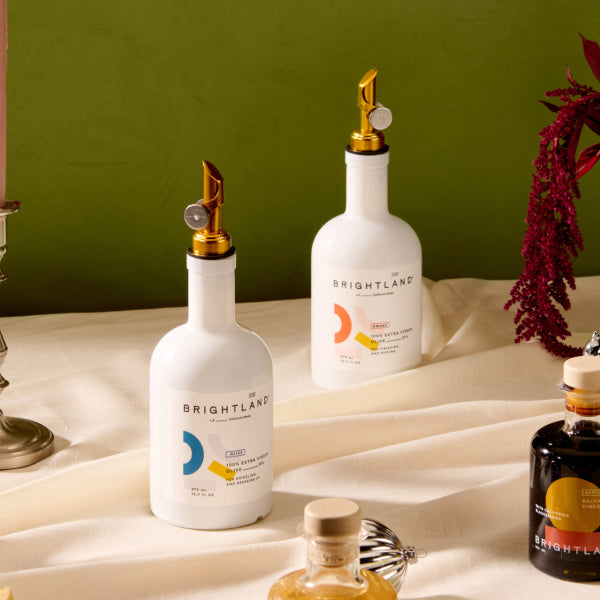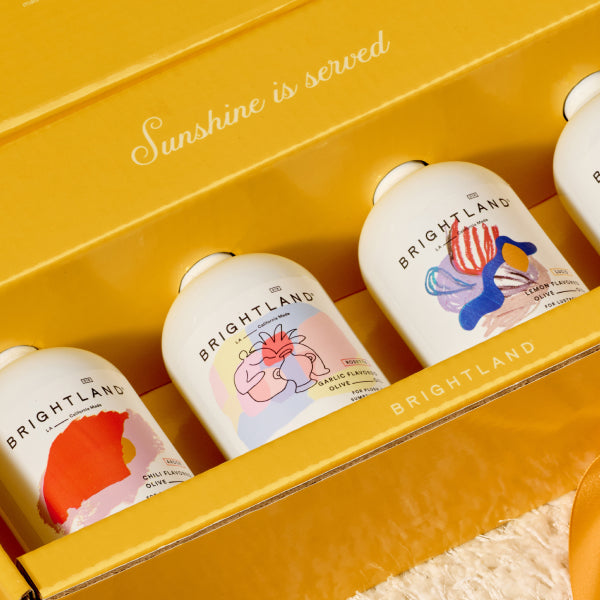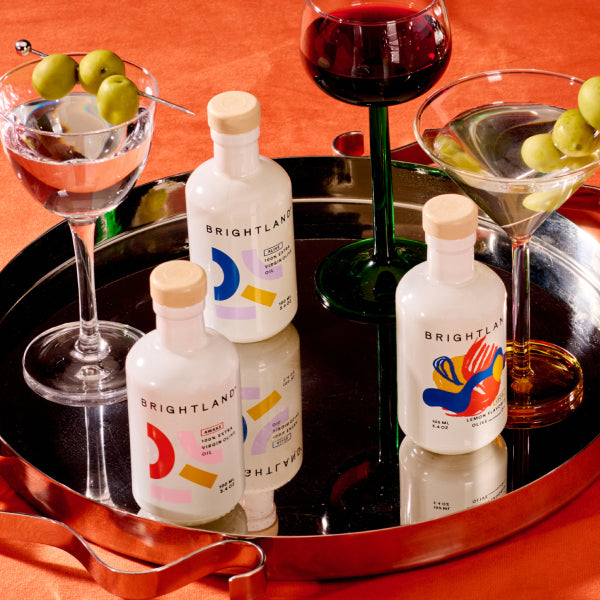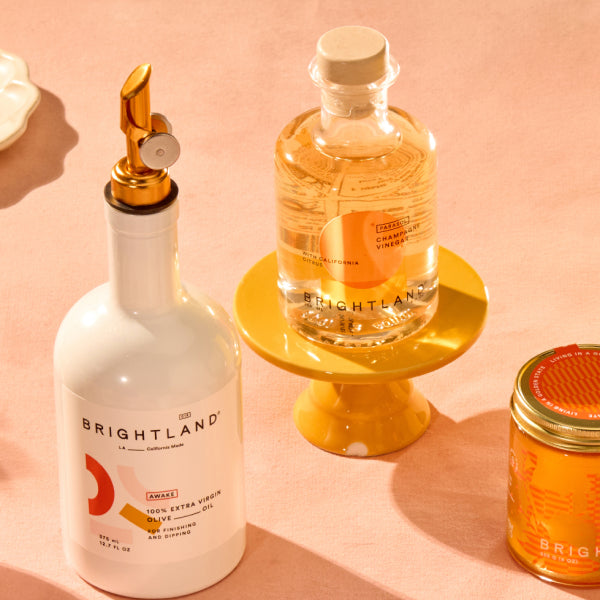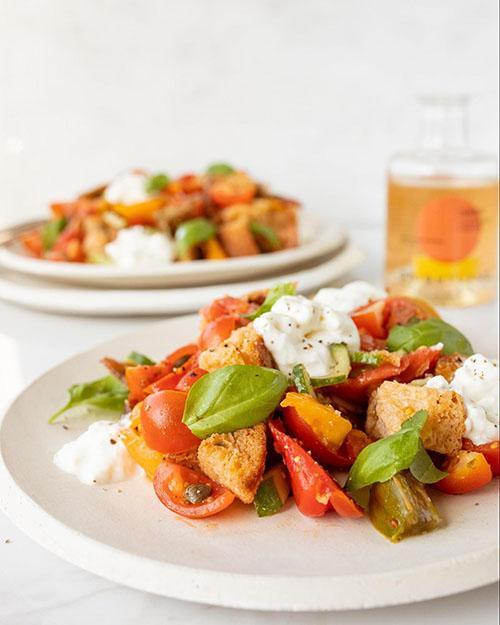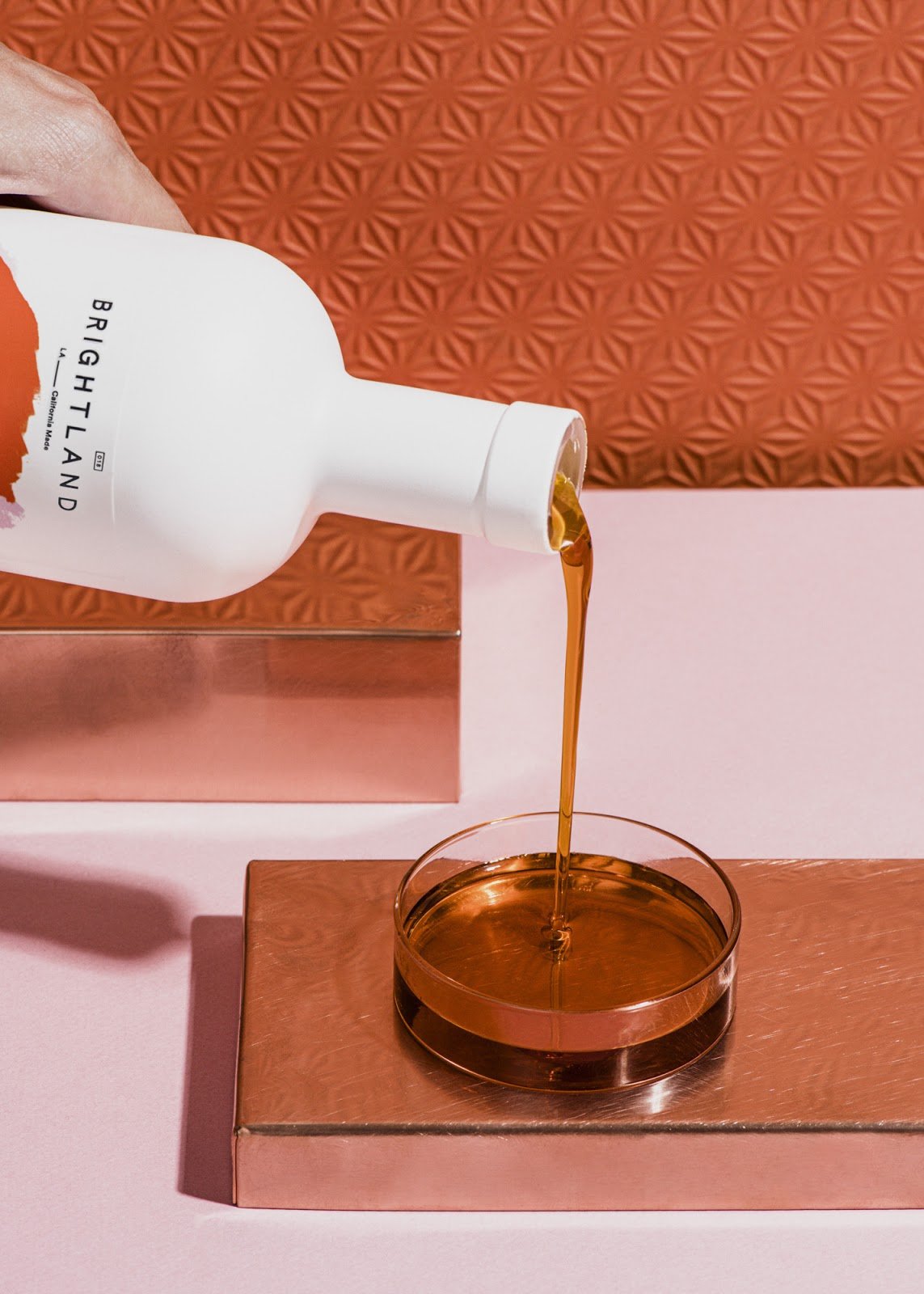
Vinegar is right up there with olive oil and soy sauce as a pantry staple. Novice and seasoned chefs alike wield it freely in sauces, marinades, dressings and all sorts of pickling endeavors. But if you take a stroll through the vinegar aisle at the grocery store, it can feel a bit overwhelming. Rows and rows of different varieties — balsamic, white wine, apple cider, rice. In this aisle, you will find a single ingredient that pickles vegetables, makes cookie icing, washes dishes and kills weeds. So what kind do you use for what?
Vinegar is one of those omnipresent kitchen items that everyone uses but not everyone fully understands. We know it as the acidic, subtly sour-tasting component that punches up dishes and serves as a balancing component in sauces and marinades. But there is more to the story. In this guide, we will help untangle the seemingly complex world of vinegar so you see that it is more approachable and more versatile than you might think.
[close type="rte"] [open type="rte"]What Is Vinegar?
The word “vinegar” comes from the Latin for “sour wine.” Essentially, it is fermented juice that has turned sour due to the growth of naturally-occurring bacteria. Vinegar comes in a huge variety of flavors, so it does not always taste sour.
Vinegar has long been used by dedicated chefs and hungry cooks, starting 3,000 years ago in ancient Babylon when it was considered the poor man’s wine. In fact, because of its importance in history and its ubiquity around the world, vinegar has been dubbed “the eternal condiment.” In addition to serving as a form of alcohol, ancients also used the liquid to enhance the flavors of their cooking and to preserve and pickle foods. Vinegar does it all, right? It just might be the original superfood!
[close type="rte"] [open type="images" count="1"]
So how is it made? To put it very simply, it develops when a fruit or grain is allowed to sit for a long period of time. Over time, bacterial growth occurs and combines with oxygen, which creates acetic acid (also known as pure vinegar). This acid is what gives the liquid its punchy, sour flavor. If allowed to ferment further, vinegar will produce a “mother of vinegar” — essentially a solid accumulation of bacteria — which can be used to speed up fermentation and start it anew in another vessel.
How Vinegar Is Flavored
There are many flavors on the grocery store shelves, from fruity vinegars made with grapes to more mild rice vinegars made with — you guessed it — rice. So where does vinegar get its flavor? The base grain or fruit contributes a whole lot to the flavor profile of a specific vinegar. Balsamic vinegar, for example, is made with grape must, which is essentially just boiled-down grape juice. This is what gives balsamic vinegar its highly concentrated flavor profile and syrup-like consistency.
Different manufacturers may use other fruits to achieve a specific flavor profile. For example, our RAPTURE Balsamic Vinegar is made with California zinfandel grapes and ripe Triple Crown Blackberries. Other things that contribute to the flavor profile of vinegar include the wooden barrel in which it is stored during fermentation and the addition of different ingredients which are macerated in the vinegar throughout the aging process.
What Vinegar Does
As we have previously mentioned, vinegar is exceptionally versatile. Of course, our favorite use for it is to flavor dishes, whether that be mixing it into a marinade or drizzling it atop a piece of meat. But vinegar can serve as more than just a flavoring agent. It also serves the following purposes.
[close type="rte"] [open type="images" count="1" small="true"]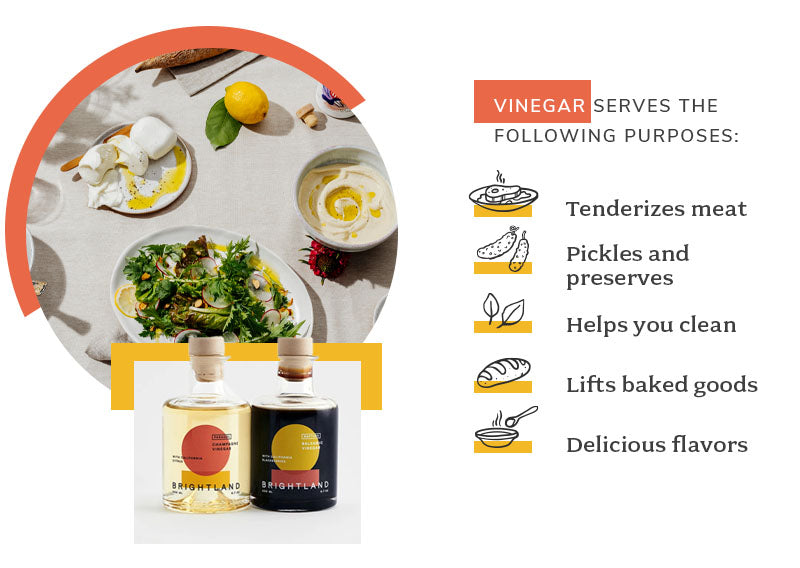
- Tenderizes meat. You will often see vinegar used in marinades and brines to help soften and tenderize meat. This is because the acid helps break down those tough connective tissues and collagen, helping to keep things tender.
- Pickles and preserves. One of the original uses for vinegar was to pickle foods to add a bright, salty or sour taste and to help foods keep for longer. In short, the acid in the vinegar helps slow down the natural decaying process of certain foods, which is why it is used in preservation.
- Helps you clean. Cheaper vinegars like distilled white wine vinegar are great for cleaning because their high acidity cuts right through caked-on dirt, grease and grime. Plus, vinegar does not contain any harsh chemicals, so it is a great way to give your cleaning routine a green upgrade.
- Lifts baked goods. If you ever see vinegar used in recipes for cakes, meringues, icings and cookies, it is not a mistake. When combined with baking soda, these ingredients produce carbon dioxide that causes the batter to rise.
- Flavors. Whether for dousing fresh veggies or brightening up a caprese salad, you simply cannot deny the delicious flavor potential of a good vinegar. Vinegar flavors vary widely from one variety to the next, which is why vinegar tasting has become such a popular activity.
Types of Vinegar
The sheer diversity of the vinegar aisle is enough to scare away curious culinarians. But variation in vinegar is surprisingly easy to figure out when you know what to look for. In general, the type of vinegar is determined by what it is made from and how it is refined. Here are some of the most popular kinds of vinegar and their uses.
[close type="rte"] [open type="images" count="1" small="true"]
Balsamic Vinegar
Great for: Dressings, glazes, drizzles, dips, marinades, reductions
Think of balsamic vinegar as the Ferrari of vinegars. A staple in Italian cuisine, this decadent liquid is actually made from pressed grape juice rather than fermented alcohol, which gives it a more mellow and fruity flavor profile. The dark red liquid is traditionally made from grapes, but it may be mixed with other fruits to give it a deeper or more complex flavor. It is beloved for its sweet taste and concentrated, syrup-like concentration, making it great for drizzling and dipping. You can even use it to make reductions for cocktails. It is, in our humble opinion, among the most decadent of all vinegars.
Distilled White Vinegar
Great for: Pickling, cleaning, gardening, poaching eggs, baking
If balsamic is the Ferrari of vinegars, distilled white is a good family sedan — reliable and essential but nothing fancy. It is made by distilling vinegar with steam heat, which kills all nutrients and essentially boils the liquid down to pure acetic acid. For this reason, you really do not want to use distilled white vinegar for most cooking tasks. With that said, it is by far the most common choice for pickling because it is high in acetic acid yet it will not change the color of your food. It is also a favorite for things like DIY weed killer and cleaning products.
White Wine Vinegar
Great for: Brining, condiments, pickling, dressings, sauces, drizzles, soups, stews, fillings, marinades
As its name suggests, white wine vinegar is made from white wine. It is made when white wine is fermented and oxidized into an acid and then distilled. Unlike distilled white vinegar, though, white wine vinegar tends to have a more mild flavor profile that is subtly fruity. This makes it apropos for cooking and brining. Unlike red wine vinegar, white wine vinegar will not stain your foods, so it is a good choice for brining and pickling. It is also a staple in many classic sauces, including hollandaise and béarnaise. It is even used in Julia Child’s famous vinaigrette.
Red Wine Vinegar
Great for: Dressings, sauces, pickling, marinades, mignonette
Red wine vinegar is similar to white wine vinegar in that it is made from the grapes of said wine through a process of fermentation and distillation. In many ways, it serves the same purpose as white wine vinegar — it can be integrated in all sorts of sauces and dressings — but it is not preferred for brines or pickling because of its red color and its potential to stain. It is a must for classics like red wine vinaigrette and can be used to pickle when you do not mind a little red stain (think: pickled turnips or red onions). It is also used in mignonette, the classic sauce drizzled atop fresh oysters.
[close type="rte"] [open type="images" count="1" small="true"]
Champagne Vinegar
Great for: Dressings, marinades, sauces, drizzles, cocktails
If you are in the market for a special occasion pantry partner, try champagne vinegar. This vinegar is crafted from white grapes and may feature other fruits as well for a deeper flavor profile. In our case, we use double-fermented chardonnay grapes and juicy oranges for a bright, zingy and effervescent flavor. Champagne vinegar tends to be more mild and delicate in flavor than other varieties, which makes it perfect for use in elegant dressings and marinades. You can even use champagne vinegar to jazz up cocktails.
Sherry Vinegar
Great for: Dressings, glazes, drizzles, dips, marinades, reductions
Sherry vinegar is a Spanish and Basque staple made by fermenting fortified wine in oak barrels. This gives it a well-rounded, complex flavor profile. Although it is by no means as popular as balsamic vinegar, sherry vinegar has gained quite the following among devoted chefs. It was even called “balsamic’s cooler cousin” by Bon Appetit. It can be used in many of the places where you would use a balsamic, but it is a bit more delicate and medium-bodied, so keep this in mind when devising dishes.
Apple Cider Vinegar
Great for: Health uses, pickling, marinades, sauces
Apple cider vinegar is beloved among the health-conscious and can do some heavy lifting in the kitchen. It is made by fermenting sugar from apples, which turns them into acetic acid, creating a punchy flavor that is fruity and tart. Studies have linked the liquid with lowered blood sugar, weight loss and skin health, but what do chefs have to say about it? You can certainly use the liquid in your kitchen when making marinades, dressings, sauces and more if you prefer a tart taste.
[close type="rte"] [open type="images" count="1" small="true"]
Rice Vinegar
Great for: Sauces, marinades, dressings, stir-fry, rice
A staple in Japan, Korea, China and Vietnam, rice vinegar is made from rice wine and is commonly used in sauces, marinades, dressings, fried rice, stir fry, bulgogi and sushi. As one of the few grain vinegars on this list, rice vinegar brings a mild, subtly sweet and mellow flavor profile to your cooking arsenal, making it perfect for dressings, marinades and more. It is arguably the most mild and least acidic kind of vinegar in the lineup and can serve as a versatile option when you want to add a slight punch.
Malt Vinegar
Great for: Condiments, dips, dressings, sauces, pickling
You have undoubtedly seen malt vinegar on the table at bars and pubs, since it is a common companion to fish and chips and other pub fare. This kind of vinegar is made by malting barley, which causes the starch in the grain to turn into maltose. The light-brown vinegar brings a nutty, toasty and citrusy profile, which makes it a great choice as a dip, drizzle or douse. It can be used in condiments, dressings and sauces or as a drizzle to season fish and chips, toast and more.
Black Vinegar
Great for: Condiments, dips, dressings, braises, sauces
Black vinegar is a type of rice vinegar made from glutinous rice, the same stuff used to make mochi, zongzi and many other sweet and savory desserts that are popular throughout Asia. Also known as Zhenjiang or Chinkiang vinegar, this variety is used as a condiment thanks to its woody, malty, smoky flavor profile. It is common to use black vinegar as a delicious dipping sauce for dumplings and to braise pork shoulder or ribs.
[close type="rte"] [open type="images" count="1"] 
An Undeniable Pantry Staple
Vinegar is a brilliant way to add depth, punch up flavor and enhance the texture of many foods, so it is without a doubt something you want to have in your pantry in many varieties. It can also be used for household tasks, to tenderize meat and so much more. Try some of the finest vinegar around with Brightland’s great selection. Try our delicious PARASOL and RAPTURE vinegars as part of The Pair set for a tasting experience like no other.
Image Credits
vesves/shutterstock.com
[close type="rte"]
